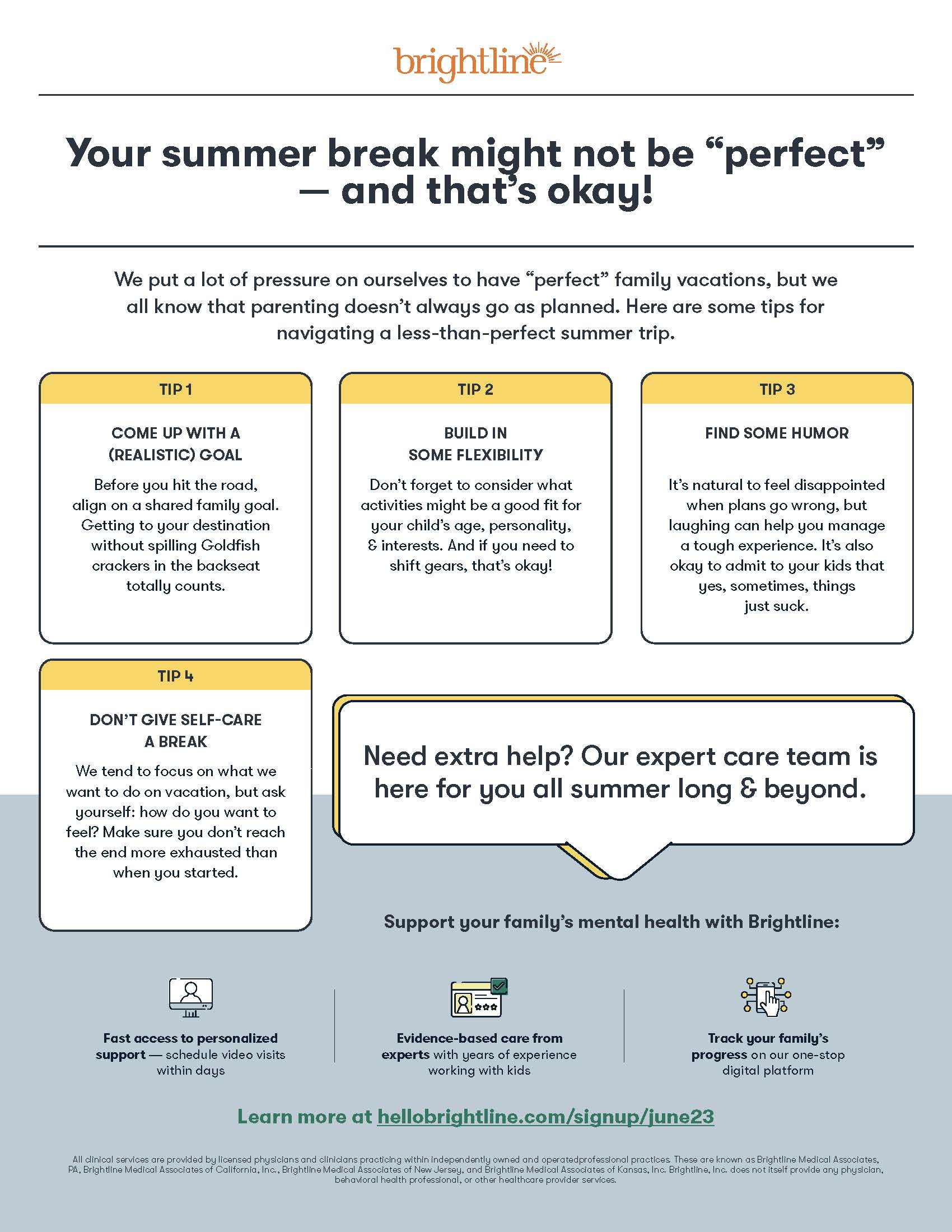Looking for ways to improve your diet? Think about adding more fruits and vegetables to your daily routine. Summer is fast approaching and local fruits and vegetables taste better and are easier to find in their peak season. The American Heart Association recommends 4 to 5 servings of fruits and vegetables per day. While that number can seem hard to achieve, think about taking some of the following steps to make it easier to reach the goal. The best way to get all the various nutrients is to add fruits and veggies that include a rainbow of colors.
- Leave whole fruits (i.e., bananas, oranges, apples, pears, peaches, etc.) out in bowls within easy reach.
- Plan to purchase fruits and veggies at the grocery store and cut them up when you get home. Then you have easy snacks.
- Leave healthy foods at eye level in the fridge. It’s easier to grab something if it isn’t in a drawer or place you can’t easily see.
- Frozen and canned vegetables can be healthy choices. It’s also easier to add them to a meal if they are readily accessible in your freezer/cabinet. Watch for added sugar and sodium.
- Not crazy about plain veggies? Try dipping them in a low-cal dip, like low-cal salad dressing, salsa, or hummus.
- Try boosting your breakfast with fruit added to your cereal, oatmeal, waffles, or veggies added to your eggs.
- Try out a fruit or vegetable that you’ve never had before. Think about mango, papaya, yuca, plantains or others that may be in the ethnic or frozen section of your grocery store.
- Juices and dried fruit also count but remember to watch for hidden or added sugars and sodium. Avoid fruit punches and “fruit drinks,” which generally have little juice and lots of sugar.
- Try adding vegetables to foods that you regularly prepare, such as soups, sauces, sandwiches, and casseroles.


